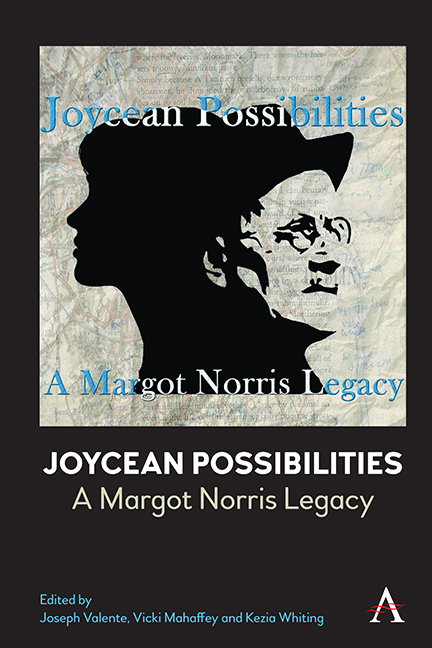5 - “But Who Was Gerty?”: “Nausicaa,” The Lamplighter and the Styles of Modernism
Published online by Cambridge University Press: 20 April 2024
Summary
The woman reader and the conventions of women's sentimental and romance fiction are at the nub of “Nausicaa,” at once determining and skewing interpretations of this interlude which takes place at twilight on Sandymount strand. Since Gerty MacDowell's reading is conspicuously on display in the narrativization of her inner thoughts, she is destined as a character always to be measured in accordance with the values assigned to her cultural choices, whether enforced or imagined. Joyce's well-known comments on his artistic purposes for this episode, though decked out with bravado, are contradictory and opaque. His bold announcement of the “specially new fizzing style” of “Nausicaa” in a letter to Frank Budgen in late 1919 is somewhat undercut by a further declaration to him in January 1920 that the episode will be “written in a namby- pamby jammy marmaledy drawersy (alto là) style with effects of incense, mariolatry, masturbation, stewed cockles, painter's palette, chitchat, circumlocutions, etc. etc.”
This catalogue suggests not only that “Nausicaa” is a pastiche pieced together from heterogeneous sources, but also that it hinges on the appropriation and mimicry of a feminine style that is viewed as cloying, comic, and childish. Yet, this dismissive stance is belied by the recognition that, as Jed Deppman has revealingly contended, Joyce relished the linguistic experimentation in “Nausicaa” and its exercise in overblown intertextuality and flamboyantly mocking portrayal of femininity to such a degree that he conspicuously mined it in the composition of the Tristan and Isolde passages in Finnegans Wake, modelling Isolde in particular on aspects of Gerty. The style of “Nausicaa” became, in sum, an abiding part of his toolkit as an innovating modernist. His breezy insouciance about his undertaking in episode thirteen masks a serious intent.
Notoriously, the much beset serialization of Ulysses in The Little Review was brought lastingly to a halt in 1920 when objections were made to the section of “Nausicaa” in which Bloom masturbates. Not only was Bloom's immorality found offensive, but so too was Gerty's sexual knowingness. The complaint against the July–August 1920 issue was initiated by the young daughter of a New York lawyer who had fortuitously read it; he referred the matter to John S. Sumner, Secretary of the New York Society for the Suppression of Vice. In 1921, the New York Court of Special Sessions found Jane Heap and Margaret Anderson guilty of publishing obscenity.
- Type
- Chapter
- Information
- Joycean PossibilitiesA Margot Norris Legacy, pp. 57 - 72Publisher: Anthem PressPrint publication year: 2022



